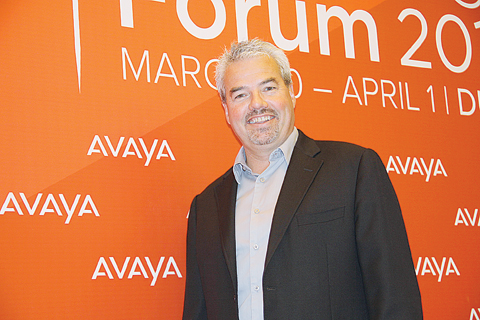By Ghadeer Ghloum
KUWAIT: The launch of the Shift program in Kuwait represents a collaboration between Creative Confidence Company and National Investments Company. The program aims to provide comprehensive training to fresh female Kuwaiti graduates, supporting their integration into the investment community and fostering their presence in this field, driven by the values of diversity and women’s empowerment. The participants were given a chance to get to know each other in a gathering at Volvo Studio on Monday.
During the gathering, Sumayah Al-Jasem, CEO and Founder of Creative Confidence, a consulting and training company, told Kuwait Times: “Together with National Investments Company, we have developed a training program called Shift, which aims to address the strong interest among recent female graduates to enter the investment field. Recognizing that these opportunities may not always be clear to interested women, we have created the Shift program to specifically highlight and provide training in important skills such as teamwork, creativity and innovation. This program serves as a valuable entry point into the investment world, where participants can excel and find better opportunities.”
Jasem expressed her satisfaction with the success of Shift. “We are incredibly proud to have received an overwhelming response to the program. Despite a registration period of just three weeks, over 340 girls from various study fields have signed up. This demonstrates a genuine desire for change and a commitment to building a future in the investment sector,” she said. She further clarified that by focusing on women, they aim to make a difference by providing more opportunities to Kuwaiti women.



“The lack of diversity, especially in the male-dominated investment industry, is a challenge that needs to be addressed. Our program seeks to empower female participants, offer them a platform for communication and contribute to increased diversity and inclusion in the sector. Our focus is mainly on experiential learning. Throughout the program, participants will engage in an exploration of innovation and investment. They will have the opportunity to present their ideas, work on problem-solving and ultimately showcase their findings and proposals at the end of the program. We are excited about the potential that this program holds for the participants and the positive impact it can have on the investment sector as a whole,” Jasem explained.
Human Resources Manager Abdulmohsen Al-Khatrash further elaborated: “We have selected this program to support Kuwaiti women who are interested in investing. We have noticed a lack of gender diversity in this field within our department, and we believe it is crucial to have equal representation. As a result, we have launched this program specifically for girls. After careful consideration, we have chosen Creative Confidence as our partner due to their experience in this area. Since registration opened, we have been surprised by the response from Kuwaiti women. More than 350 women have expressed interest, confirming the success of this initiative. Therefore, we are excited to continue with this program in the future.”
Kuwait Times spoke to two women participating in the Shift program, trainees Dalal Abulhasan and Yasmeen Bader Al-Wuthaiqi. “Kuwait offers a promising investment landscape, with a thriving community of investors. Recognizing the importance of investing, I believe it is an initial stride towards a better future, as the world’s progress relies on it. This program is a valuable opportunity for success, as it provides the first stepping stone into real-life experiences beyond academics and grades. I take great pride in witnessing the empowerment of women in Kuwait,” Abulhasan said.
“I am here to broaden my experiences in the business industry, recognizing the significance of investing within this field before venturing into the pharmacy sector. I am excited to engage with the women of diverse backgrounds and majors, acknowledging the limited opportunities available to women in Kuwait. Through such initiatives, I firmly believe that we can bring about positive change and create greater opportunities for women,” Wuthaiqi explained.










